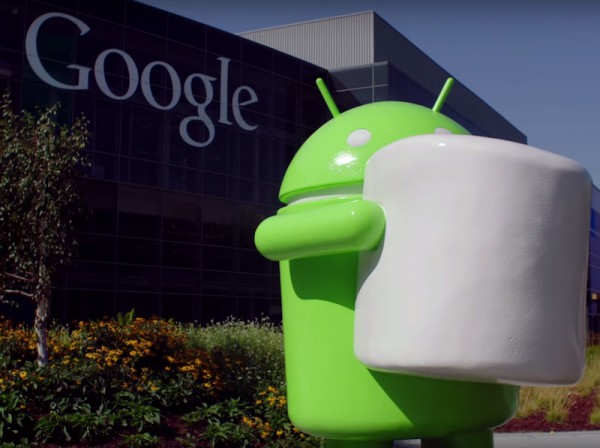How to Install Android 6.0 Marshmallow on Nexus 5, 6, 7, 9 using Windows PC or Mac
Google has released Android 6.0 Marshmallow, the latest iteration of its mobile operating system. The update will be rolled out over the air for a number of handsets starting from Nexus 6, Nexus 5, Nexus 7 (2013), and Nexus 9, but you can speed up the process by using the factory images.
As you might be familiar, factory images need to be installed on your device manually. In case you don't remember the procedure, here's how you can get the latest flavor of Android on your device.
Step 1. Back up your files. If your bootloader is not unlocked already, you will lose all personal content. Same goes for a clean install.
Step 2. Download the correct version of the Android 6.0 Marshmallow factory image for your device. You can download the files from here.
You will also need to enable USB debugging on both your device smartphone or tablet. To do so, you need to go to Settings menu and scroll down to the About placard. Click on this for seven times and you will see a confirmation message stating you're a developer now. Now go back, and you'll find a Developer option, upon entering, you will find an option to enable USB debugging.
Step 3. Once you've downloaded the image, extract the files (and also all the individual files) into an easily accessible folder and grab drivers and tools that are required for your computer to interact with your device.
Windows users need to download the necessary drivers, ADB and Fastboot tools. They are available through the official Android SDK Tools, which you can grab from here. Mac users do not need to grab any drivers, but the ADB and Fastboot tools are still required, so get the Mac version of the Android SDK Tools from the link above.
After you have installed Android SDK Tools, open the program and download Google USB Driver (again, only for Windows users) and Android SDK Platform-tools. Mac users may have to go to System Preferences, open the Security & Privacy section and allow the program to run manually, and also install Java (first Apple's distribution then Oracle's) for it to work.
Once the aforementioned files are downloaded on your device, copy the contents of the Android SDK Platform-tools folder (which can be found where Android SDK Tools is installed/extracted) to the folder where you have extracted the factory image.
Step 4. For Windows users who have installed the program, type in "adb reboot bootloader" (without the quotes). The screen will give you a confirmation when everything goes fine. Now type in "fastboot oem unlock"..
Mac users can quickly do this is by tweaking a system setting first. Go to Settings > Keyboard > Shortcuts > Services, and check on 'New Terminal at Folder' option. Once done, go to the folder where the files found in the factory image are stored and right click on it. You would see an option wherein you're required to type the same commands, that is: "./adb reboot bootloader" and then "./fastboot oem unlock". It will take a few minutes of time. If you see any error, follow the procedure once again.
Step 5. On Windows, for a clean install you will have to run the "flash-all.bat" file. If you just want to upgrade, edit the aforementioned bat file first and remove the "-w" sequence from the last fastboot command.
On Mac, also for a clean install, type in "./flash-all.sh" (without the quotes) in Terminal. However, for it to work, you have to edit the sh file and add "./" in front of each fastboot command. As far as upgrading goes, follow the same advice as given above to Windows users.
This will flash all of the needed files. Your phone will restart and will take more time than usual to boot for the first time.
Are you excited about Android 6.0?

